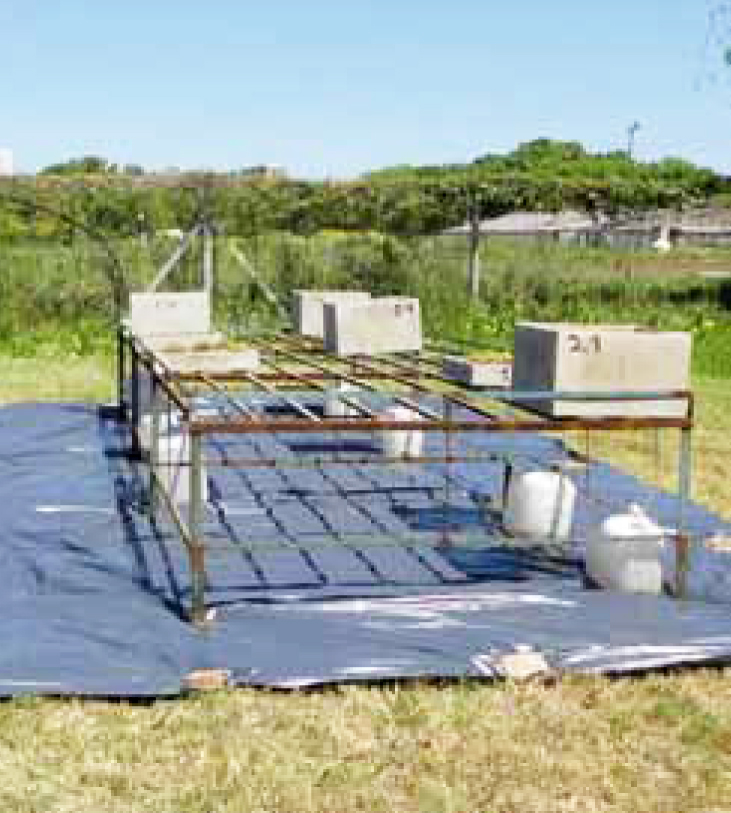"Extensive" green roof systems, efficiency in the retention capacity rainwater of the vegetation implanted
Keywords:
urban hydrology, green roof systems, efficiencyAbstract
Climatic change effects and the processes of urban growth caused environmental deterioration in the city of Buenos Aires. This situation alters the natural hydrological cycle and the hydrograph of floodwaters in urbanizing watersheds will modify, presenting flows higher peak and shorter rise times as it progresses. On the other hand, the global warming has caused an increase in mean annual precipitation and extreme values generated by storms of connective type, in the central region and North of Argentina. One of the possibilities to mitigate these effects is the implementation of extensive green roofs systems in terraces of buildings and houses built that help to reduce runoff factor. The objective of this paper was: to determine the reduction of surface runoff and water quality delivered for different types of green roofs with different types of vegetation implanted in normal rainfall in the city of Buenos Aires. The results of the study that was carried out along one year, showed that the retention capacity of the tested lots varied, depending upon precipitation, type of vegetation and coverage. For the range of 21 and 41 mm the retention ratesreached between 63% and 68%, with rainfall between 42 and 60 mm are observed percentages of retention from 31% to 39%. For the range of 61 to 80 mm the retention percentage was similarly to the range previously analyzed, 25% to 38%, and finally analyzing rainfall greater than 90 mm, the percentage of retention varies between 16% and 22%. The Aptenia cordifolia presented minors values of retention in all ranges except the first. The results of the test showed that green roofs system represent a good alternative in the integrated management of water runoff in urban watersheds.
Downloads

Downloads
Published
How to Cite
Issue
Section
License
Aquellos autores/as que tengan publicaciones con esta revista, aceptan las Políticas Editoriales.










.jpg)




